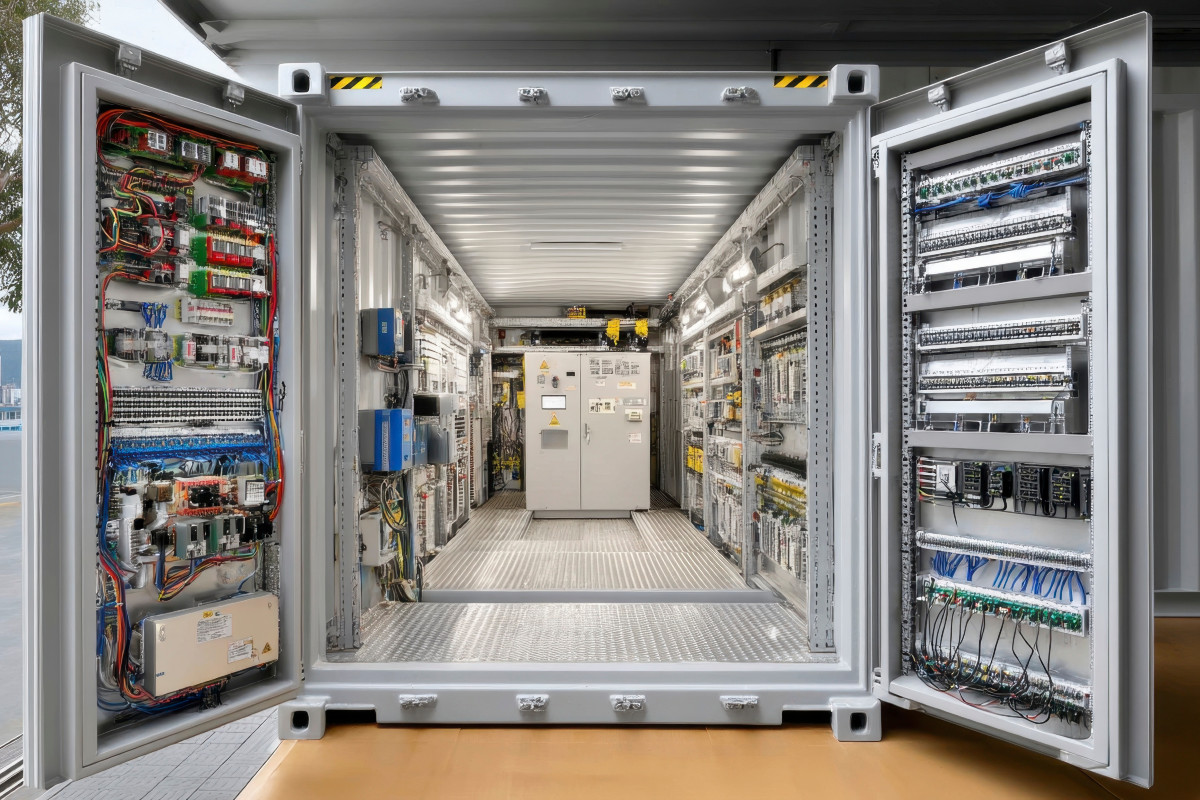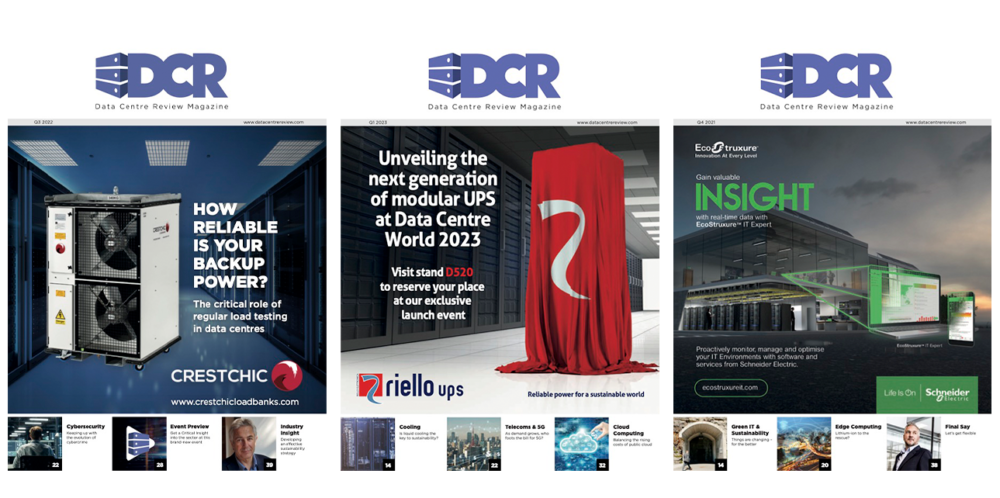How do we ensure we can scale to meet the demand for AI without overloading the grid? Juan Colina, EMEA Data Centre & IT Segment Leader at Eaton, believes that fast-deploying grid-interactive modular facilities could be the answer.
The AI boom is set to drive a 165% increase in power demand for data centres by 2030, with this surge having the potential to push energy supplies beyond their capabilities. This is a risk both businesses and governments should be doing their best to avoid.
The contribution AI can make to the global economy is huge, but hasn’t been fully realised yet. To ensure it is, work needs to be done to create the infrastructure and power network capable of delivering the economic growth AI can provide. However, this cannot be done while ignoring concerns for the environment – that means data centre operators must find the balance between growth and environmental impact.
Part of that will require rethinking the conventional model of data centres. Rather than traditional large, static builds, our idea of data centres must shift to more dynamic, responsive developments that adapt to customer and operator requirements, while being kinder to our national grids and environment.
Such flexibility could enable providers to rapidly and efficiently deploy their data centres at a pace that matches demand, unlocking greater opportunities for innovation and commercial success, while utilising responsible materials.
Accelerating at a responsible pace
As understanding of the myriad ways in which AI can support businesses increases, so will demand for fast and reliable access to it. That requires operators being able to develop and deliver data centres to customers in new locations quickly. Prefabricated or modular systems provide an answer to this. For these systems, components are manufactured in controlled environments off-site, allowing for high-precision production before being delivered and connected at the final location, enabling businesses to access digital services far more quickly.
Unlike traditional, on-site construction methods, modular approaches avoid many of the delays that typically slow down builds. With fewer disruptions and a more streamlined process, the financial benefits of prefabrication are maximised, particularly when project delays can be so costly. They also allow operators to expand their reach without causing their carbon footprint to rise at a fast rate. This is particularly important as climate policies become stricter worldwide, and organisations are expected to take decisive steps towards their energy transition to meet regulatory expectations.
With centralised production, businesses gain better oversight of the life cycle and emissions of each component, which allows for the selection of more sustainable materials and processes, ensuring consistent improvements can be implemented across all projects. Additionally, having a single manufacturing hub reduces the need for extensive transport of people and goods, cutting logistics costs and lowering Scope 3 emissions.
Integrating flexible energy systems and storage technologies also allows for operators to better use renewable energy, which is inherently intermittent, helping to support progress towards net zero goals and reducing carbon emissions.
Providing for the grid
As is widely known, data centres place significant demand on the energy grid, with forecasts suggesting energy usage could increase sixfold over the next decade. This challenge cannot be ignored, and instead, infrastructure must evolve to support the increasing load imposed by new facilities.
Crucially, data centres should not only consume energy but also support the stability of the grid. When combined with on-site renewables and advanced technologies such as grid-interactive UPS systems, battery storage, and intelligent energy management platforms, data centres can operate as Distributed Energy Resources (DERs). This setup enables them to either draw or return energy to the grid as and when it is needed, helping to balance supply and demand without compromising operations. In turn, this reduces pressure on the grid and can even open up new revenue opportunities.
Utilising your workforce
Modular data centres also help address the concerning shortage of skilled professionals in cloud computing and AI. With the standardised design of modular systems, businesses can reduce the need for specialist teams at every installation site, allowing organisations to make better use of their talent and deploy them where their expertise is needed.
Additionally, modular systems support scalability and long-term adaptability. Standardised components can easily be swapped out when worn or faulty, and expansion can be phased in over time. This flexible approach means data centres can incorporate new technologies and meet shifting operational needs; an essential capability in the fast-evolving world of AI.
A future powered by AI
As AI continues to reshape the digital landscape, businesses must ensure they are prepared for the technological shift, and the pace at which they will be required to do this. Modular data centres offer the flexibility and responsiveness needed for businesses to keep pace with these developments, allowing companies to scale efficiently and support new workloads.
Though challenges remain, the benefits of prefabrication provide a strong foundation and an optimistic outlook for tackling them. The rapid deployment and standardisation offered by modular solutions help organisations manage fast growth without being hindered by labour shortages and supply chain delays. This is while simultaneously providing the integration of energy-efficient systems and sustainable practices, positioning data centres as active contributors to a more reliable and lower-carbon grid.
By rethinking the role of data centres not merely as infrastructure, but as intelligent, connected systems, we can ensure they play a constructive role in the wider energy ecosystem. Their contribution to grid stability, sustainability, and economic growth will be vital, as we transition into a future powered by AI.


